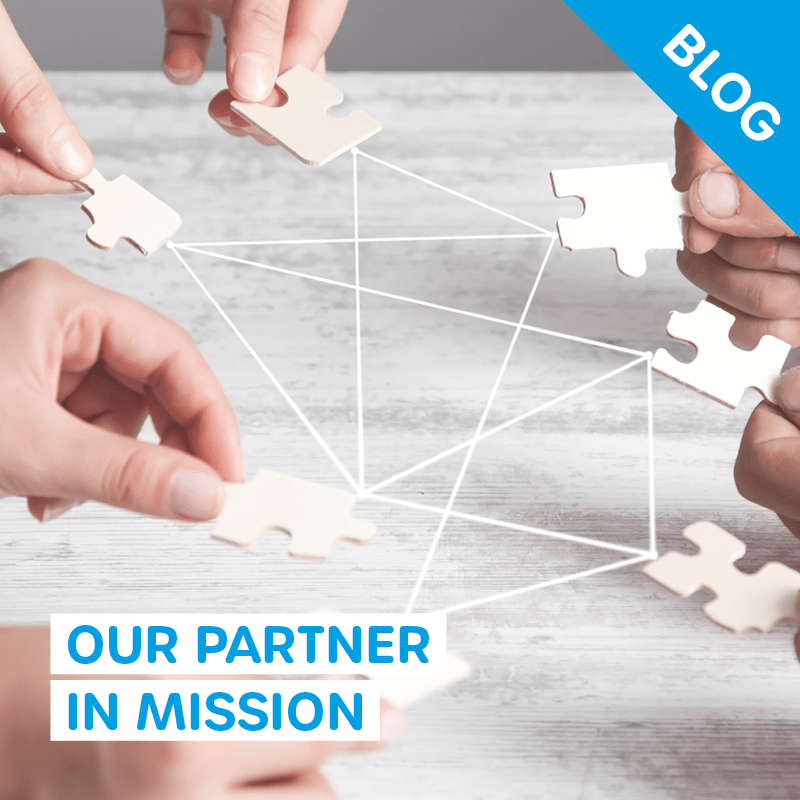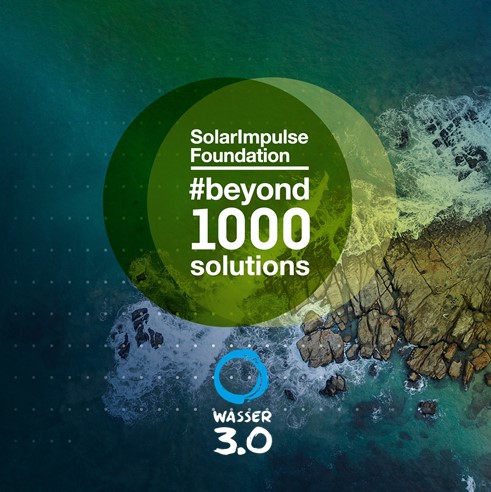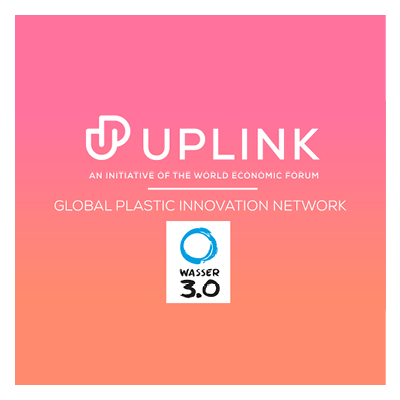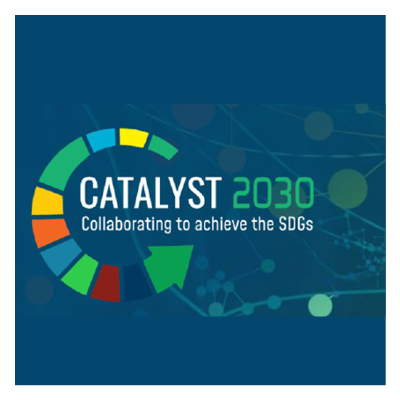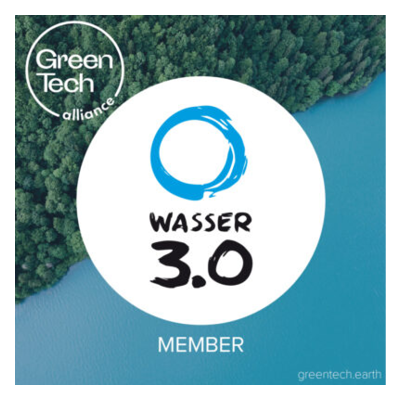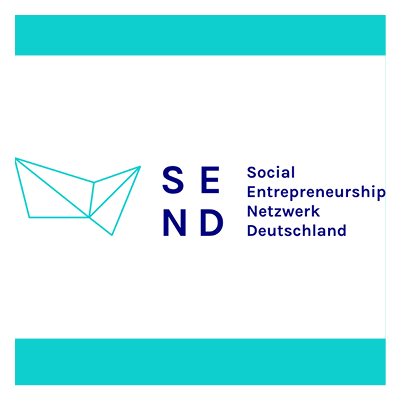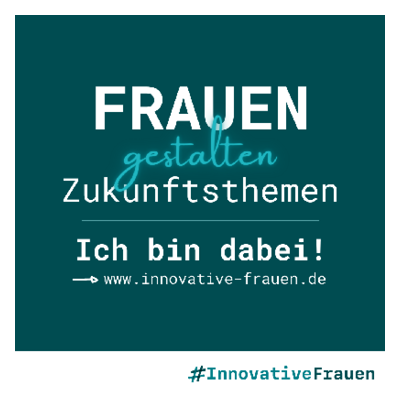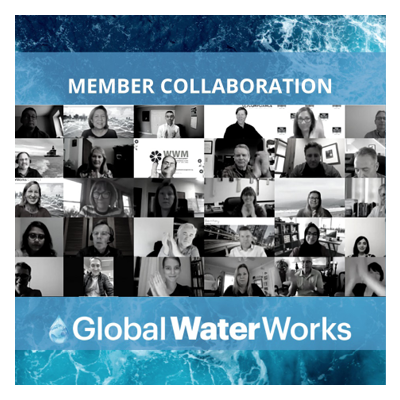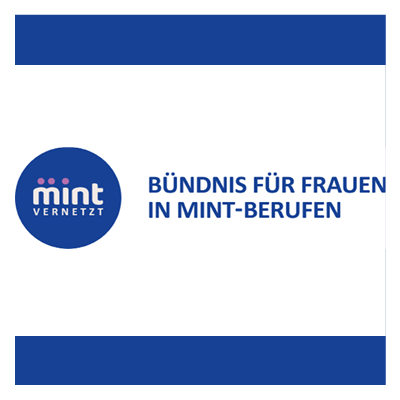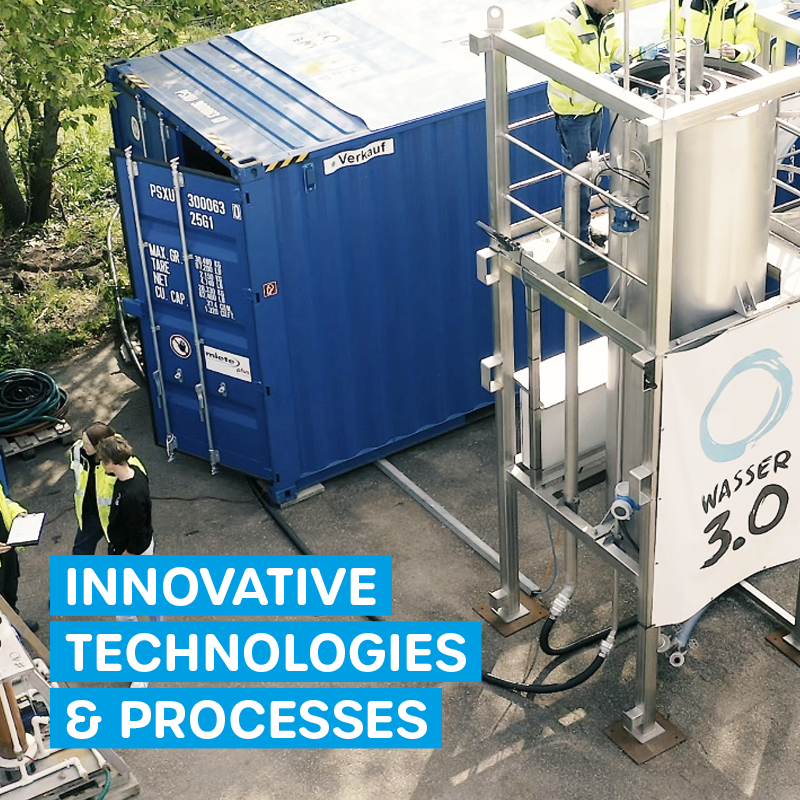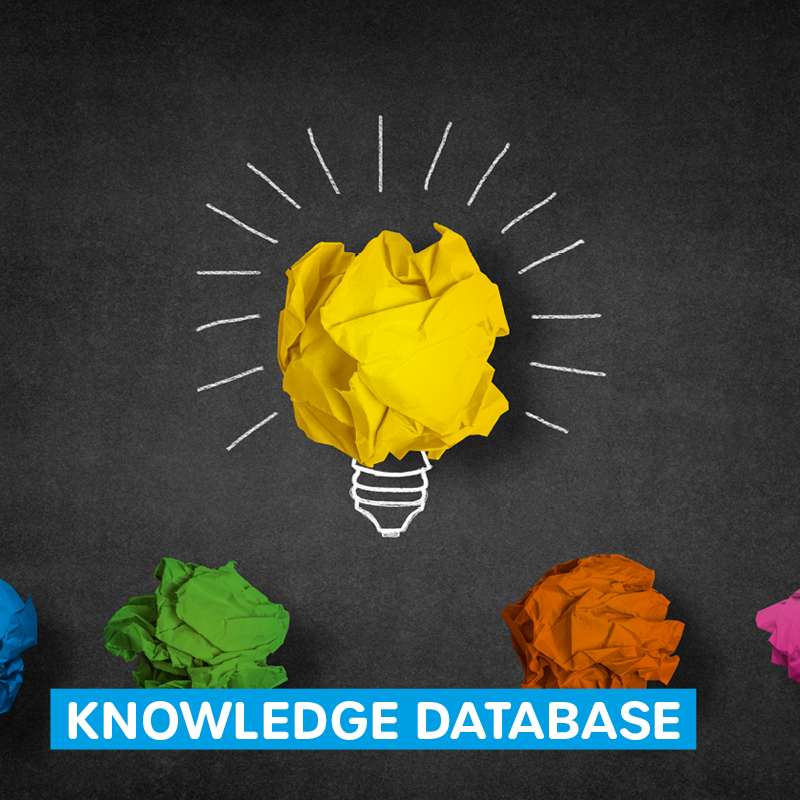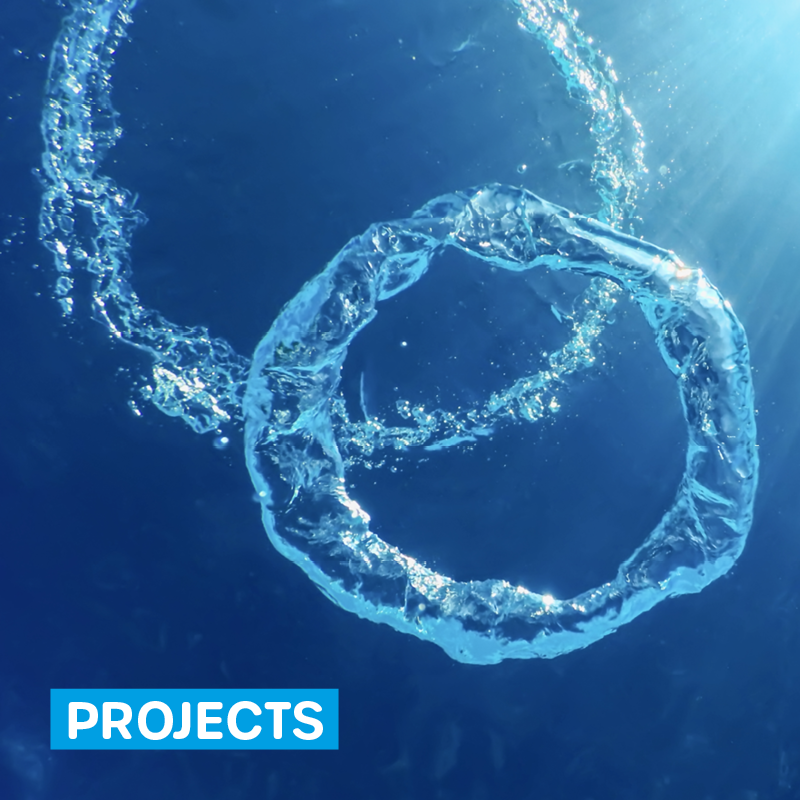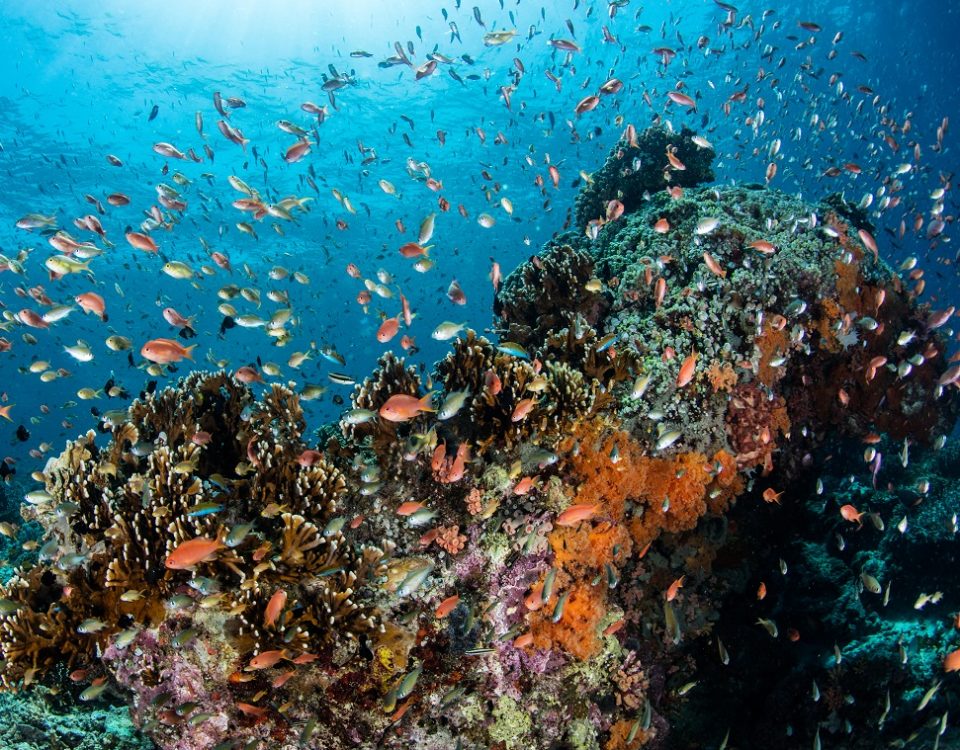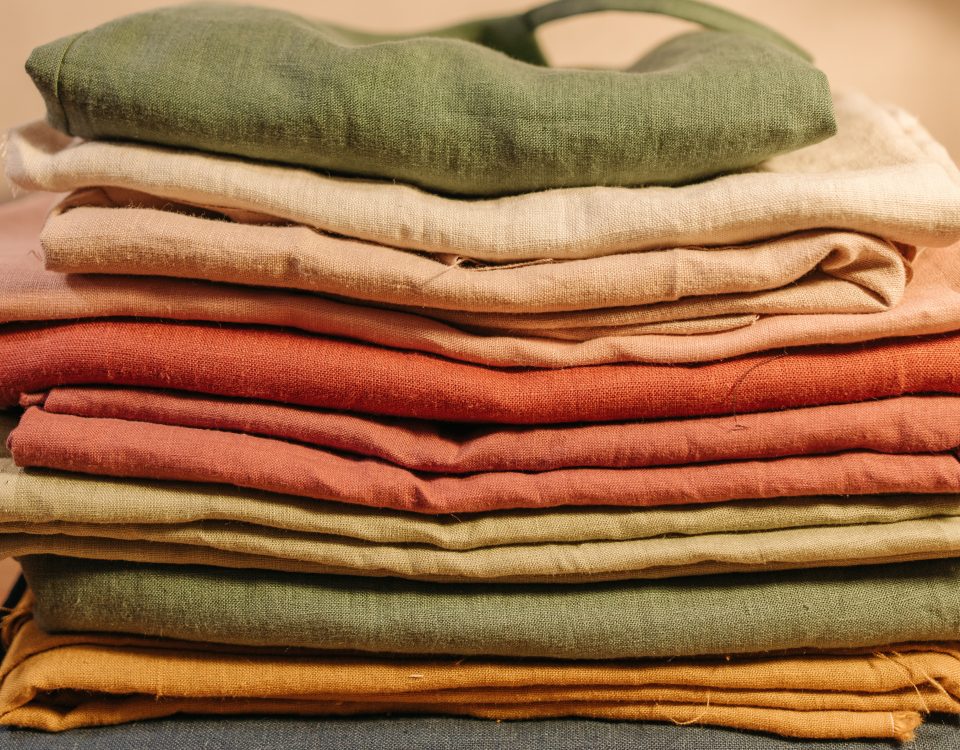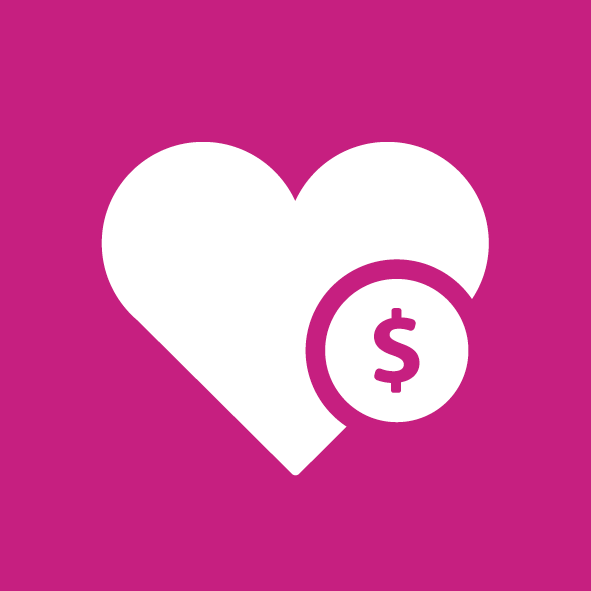
Partnerships and networks to achieve the UN Sustainable Development Goals
Beyond the paradigm shift: Our understanding of UN Sustainability Goal no. 17
On our mission for water without microplastics and micropollutants, one thing is clear: we can't do anything alone, we need fellow campaigners!
Joint entrepreneurial action for the big goal of water without microplastics and micropollutants has many faces and creates completely new values beyond the monetary.
The diverse encounters with our "partners in mission" have opened up wonderful spaces that inspire us again and again and convince us that beyond the paradigm shift is exactly where we want to be. And where we can work most effectively for water without microplastics and micropollutants.
This is what our Partners in Mission do
Fortunately, they exist: Those who also locate themselves beyond the paradigm shift, those who are serious about the journey and those who are willing, within their means, to support our work for water without microplastics and micropollutants.
The gGmbH is a very suitable organizational form for our mission because it enables many kinds of cooperation and collaboration in the spirit of SDG 17 of the UN Sustainable Development Goals.
It then looks like this:
- We receive laboratory or office equipment and working materials as donations or at discounted rates.
- We start project cooperations on unresolved issues of water purification.
- People contribute their expertise (as graphic designer, translator, strategy consultant or tech-nerd ...) - also as donation, on a voluntary basis or at reduced rates.
- People, organizations, and companies support us financially with donations and sponsoring.
A special honour: Solar Impulse Efficient Solution Label
To tackle environmental issues while enabling economic growth, Bertrand Piccard has launched a challenge through the Solar Impulse Foundation to recognise 1000 solutions that protect the environment in a profitable way and present them to decision-makers to accelerate implementation. The associated World Alliance network includes more than 3,000 start-ups, companies, investors and authorities who are working together to tackle the challenges of environmental protection.
Our Wasser 3.0 PE-X® process has been the proud holder of the Solar Impulse Efficient Solution Label since January 2021, making it one of these #1000SOLUTIONS.
Selected networks in which we are active


